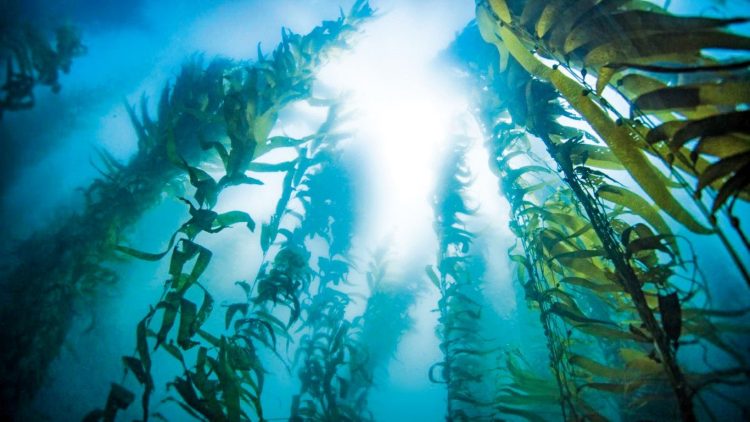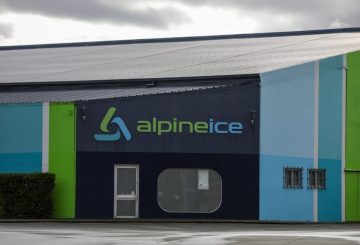New research shows the potential for a booming seaweed sector in New Zealand is tied up in red tape and resource consents.
The report from the Sustainable Seas National Science Challenge found that globally seaweed production has tripled over the last two decades and now makes up a third of all aquatic farming.
But it found Aotearoa’s seaweed sector is tiny and constrained by regulation and supply.
The report’s project leader and Cawthron Institute expert Serean Adams said the report will help people who want to get into the industry.
“Right now, New Zealand’s seaweed sector is in its infancy. There are pockets of product innovation happening at small scale. But the sector is constrained by regulation and supply – we have an under-developed local seaweed supply-chain,” Adams said.
“We need to identify what unique characteristics our native species have and develop these native species into high-value products and services. We also need to remove barriers holding
the sector back.”
Barriers included fishing permits and consents, RMA consents, food regulations and fish farm licences. There were also Te Tiriti o Waitangi considerations to factor in, the report said.
The authors proposed developing the sector using a ‘blue economy’, which the Sustainable Seas Challenge describes as “being made up of marine activities that generate economic value and contribute positively to social, cultural and ecological well-being”.
They said while there were opportunities to develop the sector, New Zealand must focus on a high quality product targeted at specific markets as local producers would not be able to compete on cost as the majority of seaweed was produced in countries with cheap labour costs.
Ministry for Primary Industries plans to develop a seaweed strategy which may include ‘specific purpose’ special permits which allow for the harvest of limited quantities of seaweed, the report said.






























































